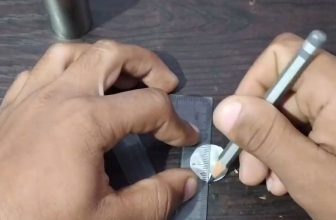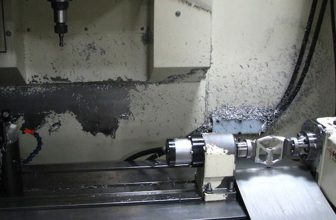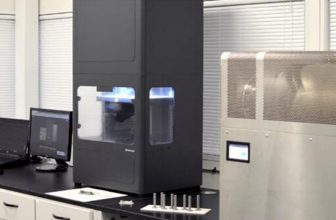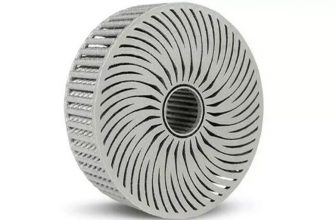
The automotive group of the multinational power management company Eaton announced the launch of a new metal 3D printing program as part of its Industry 4.0 strategy. The company aims to reduce production time and improve efficiency through its new 3D printing capabilities, and plans to deploy polymer 3D printing technology globally by the first quarter of 2021. At the same time, Eaton’s Kings Mountain has installed the first metal printer system at its North Carolina plant. .
Eaton and 3D printing
Eaton’s revenue in 2019 was US$21.4 billion, has approximately 92,000 employees, and has a global customer base in more than 175 countries. The company has integrated 3D printing into multiple areas of its business. In 2018, its aerospace division purchased two Concept laser additive manufacturing systems from GE Additive and integrated them into Eaton’s Center for Excellence in Additive Manufacturing at the Innovation Center in Southfield, Michigan, and the R&D laboratory in Pune, India. Eaton’s Michigan factory was established two years later in 2016 and obtained AS9100 Rev D certification, thus verifying its quality system for providing safe and reliable metal 3D printed aviation products to civilian and military customers.
Since then, Eaton has used additive manufacturing to produce low-cost hydropower for the U.S. Department of Energy by manufacturing water turbines and generator sets. The company also recognizes that 3D printing is an invaluable way to achieve a zero waste to landfill (ZWTL) program at its multiple sites. Recently, Eaton collaborated with the Lighting Research Center (LRC) in Troy, New York to develop a fully 3D printed LED integrated luminaire. With the support of the Department of Energy, the project aims to overcome obstacles to the adoption of additive manufacturing technology in solid-state lighting (SSL).
Eaton’s new metal 3D printing program
In Eaton’s latest plan, a 3D printer will be used to create high-quality automotive fixtures, safety devices, automated fixtures, and maintenance components that need to be replaced. The printer will also be used to develop prototypes to help conduct faster product development trials.
Eaton has not yet revealed which metal printer will be used, but has described the extrusion-based printing process they will use. The metal powder stored in the rod and held together by wax and polymer binder will be melted and added layer by layer. Once the printing process is complete, the part will go through a chemical bath to remove the polymer binder, and then through a furnace to remove residual wax and polymer. This process will simultaneously fuse metal materials with a high-density structure.
Debinding and heat treatment processes are completed in batches. According to Eaton, although printers, debinding machines and melting furnaces work together in an integrated circuit, the number of printers can be increased without adjusting the number of debinding stations or furnaces. Throughout the design process, a 3D scanner will be used to create models of existing components and redesign parts that can be improved by 3D printing. In this way, topology optimization, material reduction and part consolidation can be promoted.
Comment: Integrated 3D printing will enable Eaton’s Vehicle Group to achieve more advanced designs, while reducing the number of post-processing stages and reducing material costs. Looking to the future, Eaton Automotive Group will use its 3D printing capabilities to shorten production time and improve the efficiency of the entire process.





